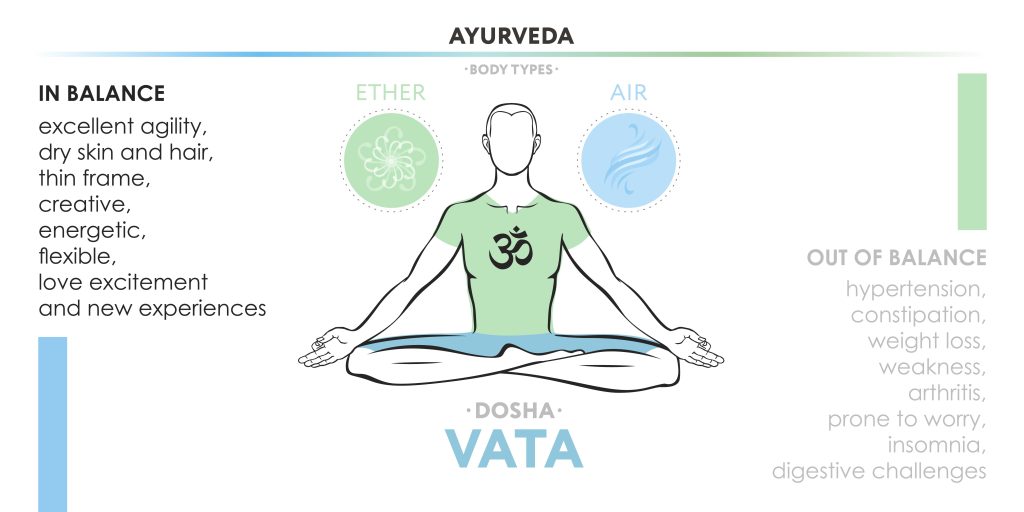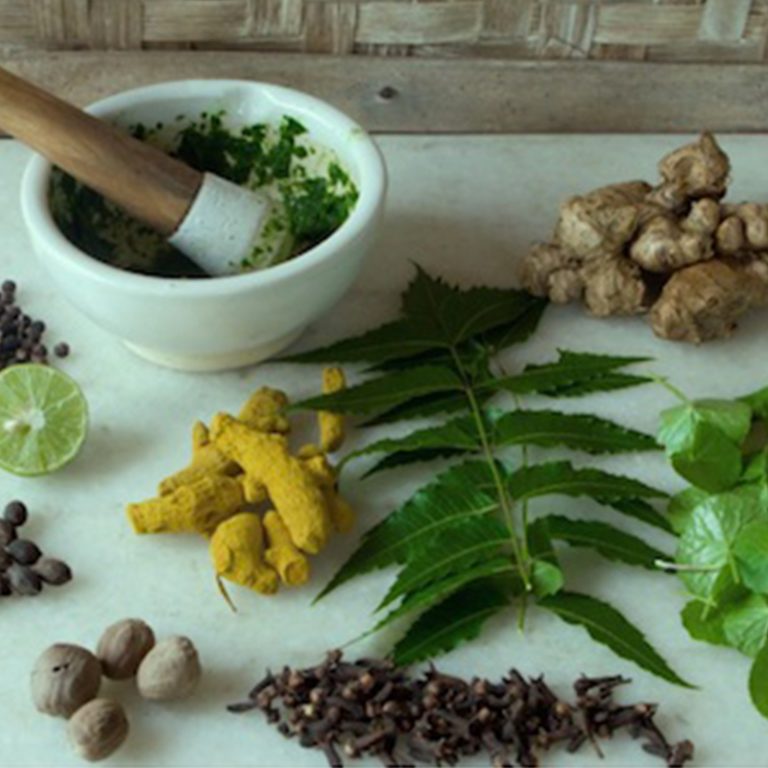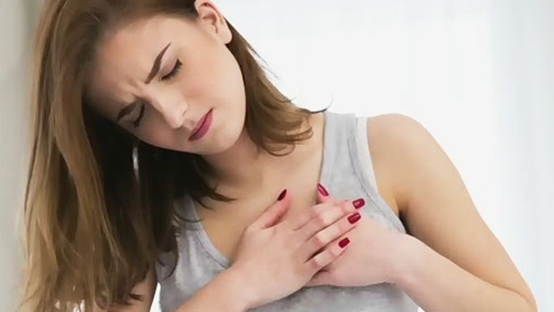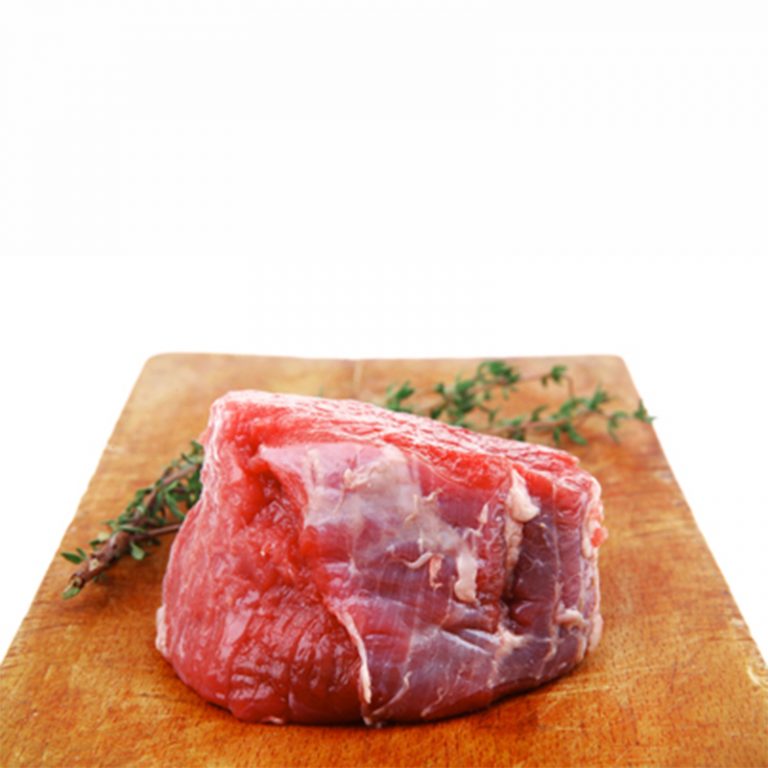
Ayurvedic Body Type: Vata
Introduction to Vata dosha
Vata is one of the three primary doshas as described in Ayurveda. The vata dosha is made up of air and ether. The elements of nature, specifically air, makes Vata to be light, cool, airy, and dry in its essence. The vata governs all the movements of the body, which include the circulation of blood, the flow of our breath, the rhythm of the heartbeat, the movement of the pulse, and the transmission of neurons. Even qualities like creativity, enthusiasm, fast thinking, passion, etc. can be attributed to the Vata dosha.
Since Vata (the air element) governs so many crucial aspects of our body, an imbalance or aggravation of the Vata dosha can lead to various kinds of mental and physical sickness.

Characteristics of Vata people
There are certain characteristics that can help an Ayurvedic practitioner determine whether your body’s personal constitution is Vata-dominant or not. Below are some commonly seen characteristics of people dominant in Vata dosha.
- Vata people have a slender and delicate body frame.
- They tend to have dry, dull, and flaky skin.
- Vata people may have thin, dry, and brittle hair.
- Vata people may have irregular digestion.
- They get easily bored with mundane tasks and need variety in their lives.
- People with a dominant vata may be moody and erratic in nature.
- They tend to talk fast and move fast. This quality also makes them adaptable.
- Vata people may dislike colder temperatures as they tend to be quite sensitive to them.
- They tend to feel easily overwhelmed in high-pressure situations.
- People with vata dosha tend to be abstract thinkers and do well as writers, painters, and artists.
How to Balance Vata Dosha
The Vata dosha is quick-moving, airy, light, and cold. People who have dominant vata dosha tend to display the same characteristics both physically and mentally. Hence, they must incorporate a lifestyle that pacifies vata and keeps it balanced. They must incorporate foods and habits that are opposite of Vata, i.e., cold, dry, and airy. For example, Vata’s dry quality can easily be countered by including ghee or sesame oil in their diet. In addition, the coldness of Vata may be countered with warm food thoroughly seasoned with spices such as turmeric, pepper, or cinnamon. Going for a routine Abhyanga (Ayurvedic massage) may counter the bodily dryness of Vata people.
Vata Body Type in Detail
Physical characteristics of Vata Individuals:
People with a governing vata dosha or a vata constitution generally tend to have a lean and weak body frame. Their joints and bones are accentuated, and they have long toes and fingers. Their height could be tall, and they could have a face with prominent cheekbones. The skin of a vata person tends to be dry, flaky, cold, and dull, with visible veins. Due to the presence of the air element, their skin may have an uneven tone, and they are more likely to get dark circles. The overall structure tends to be bony. The eyes of a Vata person may be small, and they also tend to have unaligned teeth. The hair of a Vata person may look lifeless and can be thin, brittle, and dry to the touch. They are also prone to a dry and flaky scalp.
Just like how air moves quickly, people governed by the Vata dosha may tend to walk and talk fast. Their appetite is mostly irregular and it may be difficult for them to gain weight despite consuming large meals. They tend to lose weight after doing moderate exercise. They typically have abstract ways of thinking.
Mental and emotional characteristics of Vata Individuals:
Being governed by the Vata elements, they tend to have passionate, creative, and vivacious personalities. But they might also have a very sensitive nature. The air element in their bodies can make them highly erratic in nature. And if overwhelmed by people, places, or circumstances, Vata individuals may easily feel distressed and anxious. However, they can also switch from being emotional and erratic to calm and pragmatic, which is due to their adaptable nature. They also have a tendency to lose interest or get bored quickly, and they are constantly hopping from one task to another.
Apart from the above features, Vata types may have a huge capacity to process information but a forgetful memory. Professions in which Vata types tend to do well are related to imagination, creativity, and communication. Therefore, fields like journalism, education, research and development, marketing, advertising, and writing may suit them well.
Common Diseases in Vata people
Vata dosha, being governed by the air and sky elements, may affect the air element of the body. Hence, people with dominant vata often deal with air- or movement-related problems inside their bodies, such as:
- Bloating
- Constipation
- Stiffness
- Skin cracks and dryness
- Dehydration
- Poor blood circulation
- Breathing problems
- Anxiety and fear
- Muscle loss
- Digestive issues
- Numbness or tingling sensation
- Muscle and joint pain
Diet and lifestyle for Vata people
In order to prevent the above diseases and live a healthy life, people with a vata constitution should consume a vata-pacifying diet and do lifestyle modifications that balance the vata dosha in their body.
- Maintain a healthy weight. Since vata people are generally slender, they should avoid any kind of rigorous exercise or intense cardio, which could further lead to weight loss. They should consume a balanced and nutritious meal according to the Ayurvedic clock, eat cooked fruits and vegetables, and with proper rest and light exercise, they should be able to maintain optimal weight.
- Eat light, small meals. A person with an aggravated vata might have difficulty digesting and may also feel bloated; in that case, they should try to eat well-cooked food in small quantities so that their digestive system does not feel burdened.
- Go for Ayurvedic detox: Vata people should go for Ayurvedic detox, such as seasonal panchakarma and Ayurvedic enemas, which will purge out the toxins from their body, allowing for better circulation of blood and air in the body.
- Oil Massage: The dryness of vata manifests both inside and outside the body. To counter such dryness on the outside, oil massage and therapies such as Abhyanga or Shirohara are excellent for the body. The gentle stimulation of an Ayurvedic massage with herbs infused with warm oil not only dispels the dryness and flakiness of the skin but also strengthens the person’s muscles and bones. For dryness on the inside, one must consume ghee or sesame oil in their diet.
Tips for balancing Vata dosha
Following tips on foods to eat, activities to do, and herbs to take may be beneficial in balancing your vata dosha.
To know whether your personal constitution is vata dominant or not, you may take our YATAN dosha quiz, fill out a simple questionnaire, and get the results. It will give you a rough idea about your dosha type. However, it is still recommended to reach out to us at YATAN Holistic Ayurvedic Centre, where our Ayurvedic practitioner can determine your dominant dosha type. Based on your dosha type, you may consume food and incorporate some lifestyle changes for better and more vibrant health.
Foods to eat/ Vata diet
For a vata-dominant person, you may consume cooked fruits and vegetables instead of raw ones, soaked nuts (walnuts, cashews, almonds, and pistachios), whole grains, milk or soy milk, ghee, oats, rice, quinoa, avocados, warm soups, herbal teas, and incorporate spices in your diet such as turmeric, fennel, garlic, ginger, cloves, cumin, coriander, and black pepper. Eat home-cooked, seasonal, and fresh food. Avoid cold or frozen foods, which may aggravate vata.
Activities/Exercise for Vata People
To further take care of your body and keep your Vata balance in check, you may incorporate some physical activities into your daily routine, which will strengthen your physiological and mental health. You may try
- Yoga practices: Tadasana (mountain pose), Vrksasana (tree pose), Viparita Karani (legs-up-the-wall pose), etc.
- Pranayama: Nadi Shodhana (alternate nostril breathing), Ujjayi (ocean breathing), and Brahamari (bee breathing) are some of the best pranayama techniques for Vata balance.
- Swimming: A light swimming session will stimulate your blood circulation and provide vitality.
- Brisk Walking: A simple, light, and easy walking exercise for 20–30 minutes may also be beneficial.
- Meditation: If your mind feels distressed, overwhelmed, or anxious, simply focusing on your breath will calm you down.
Please note that the above mentioned activities should be done only by individuals with a regular health condition. If you have a long standing or underlying health condition, consult your healthcare provider before starting any new exercise/fitness program.
Herbs and supplements to take
Ayurveda suggests a few herbs that are good for balancing Vata. Herbs like Brahmi, Triphala, Shatavari, and Ashwagandha may be beneficial.
Please note: Before consuming any Ayurvedic herbs or starting any Ayurvedic supplements, consult with an Ayurvedic practitioner.



